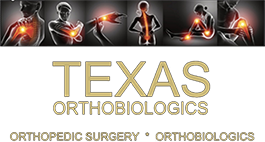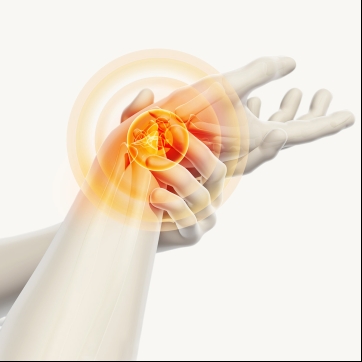It’s easy to forget how important our hands are when it comes to performing the activities of daily living and the things required for a job. From opening a door to washing dishes to filing or typing, your hand is one of your most functional and used body parts. But when your hands are in constant pain due to osteoarthritis, it can limit functioning or make most tasks unpleasant at best.
Instead of continuing to suffer from wrist pain due to osteoarthritis, you can get help. One promising solution that could provide relief is orthobiologics for wrist pain.
Osteoarthritis of the wrist and its causes
You use your wrists from the time you wake up in the morning until you retire at night. It’s no wonder they can develop problems over time due to overuse. In fact, roughly 1 in 7 Americans suffer from arthritis of the wrist.
The wrist is made up of many small bones, joints, and tendons, which connect your hand and forearm. The wrist joint helps you rotate, bend, and straighten your hand. Wrist osteoarthritis is the most common form of arthritis, impacting the joint.
The bones in your wrist are covered by a slippery, smooth surface known as cartilage. When the cartilage in your wrist begins to thin, the joints won’t move as smoothly against each other, making them feel stiff and painful.
Osteoarthritis can affect anyone. But it is common in women over 50. Other risk factors are previous wrist injuries, genetics, and carrying out repetitive tasks over a long period.
Orthobiologics for wrist osteoarthritis
Having wrist osteoarthritis can make it challenging to grip items, open jars, and perform delicate tasks. While there’s no cure for the condition, you can drastically improve your systems through various therapies. One option that achieves positive results for patients is orthobiologics for wrist pain.
Orthobiologics are natural substances, such as blood components, cells, and growth factors that can speed up the healing of damaged tissues, such as cartilage and bones. They are obtained from your own body and can be used in the treatment of wrist osteoarthritis.
A few options for orthobiologics are platelet-rich plasma (PRP) and cell therapy, both of which are minimally invasive treatments with excellent potential to minimize pain and improve function. With regenerative medicine, the recovery time is minimal, and the procedure takes place right in our office.
Find out if you’re a candidate for orthobiologics for wrist osteoarthritis
There continues to be a variety of treatments for wrist osteoarthritis, including medication, physical therapy, braces, and even surgery. Which treatment is right for you will depend on a variety of factors, such as your age, overall health condition, and desired outcomes.
But, if you have wrist osteoarthritis, you owe it to yourself to explore orthobiologics, which is a minimally invasive therapy that can address pain and mobility issues. Dr. Buford at Texas Orthobiologics is the expert in regenerative medicine in the Dallas/Fort Worth area. Contact us today to schedule a free consultation to find out if you are a candidate for this groundbreaking therapy.








Post a comment
Your email address will not be published. Fields marked (*) are mandatory.